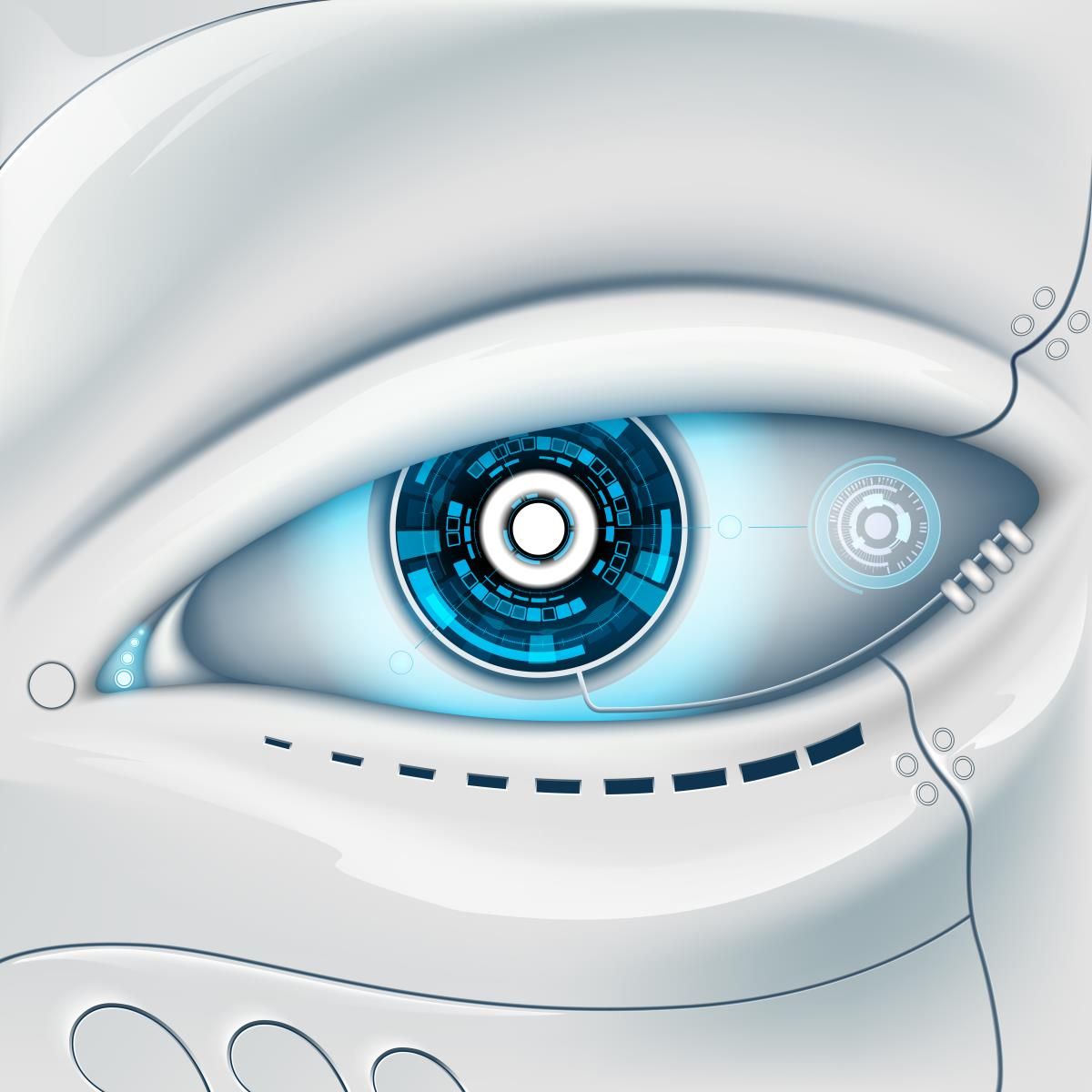AI good for internal back office and some limited front office activities; however, still need to see more adoption of QC in the Net and infrastructure in companies to expose their services and information to the public net & infrastructure.
Deep learning, as explained by tech journalist Michael Copeland on Blogs.nvidia.com, is the newest and most powerful computational development thus far. It combines all prior research in artificial intelligence (AI) and machine learning. At its most fundamental level, Copeland explains, deep learning uses algorithms to peruse massive amounts of data, and then learn from that data to make decisions or predictions. The Defense Agency Advanced Project Research (DARPA), as Wired reports, calls this method “probabilistic programming.”
Mimicking the human brain’s billions of neural connections by creating artificial neural networks was thought to be the path to AI in the early days, but it was too “computationally intensive.” It was the invention of Nvidia’s powerful graphics processing unit (GPU), that allowed Andre Ng, a scientist at Google, to create algorithms by “building massive artificial neural networks” loosely inspired by connections in the human brain. This was the breakthrough that changed everything. Now, according to Thenextweb.com, Google’s Deep Mind platform has been proven to teach itself, without any human input.
In fact, earlier this year an AI named AlphaGO, developed by Google’s Deep Mind division, beat Lee Sedol, a world master of the 3000 year-old Chinese game GO, described as the most complex game known to exist. AlphaGO’s creators and followers now say this Deep Learning AI proves that machines can learn and may possibly demonstrate intuition. This AI victory has changed our world forever.
